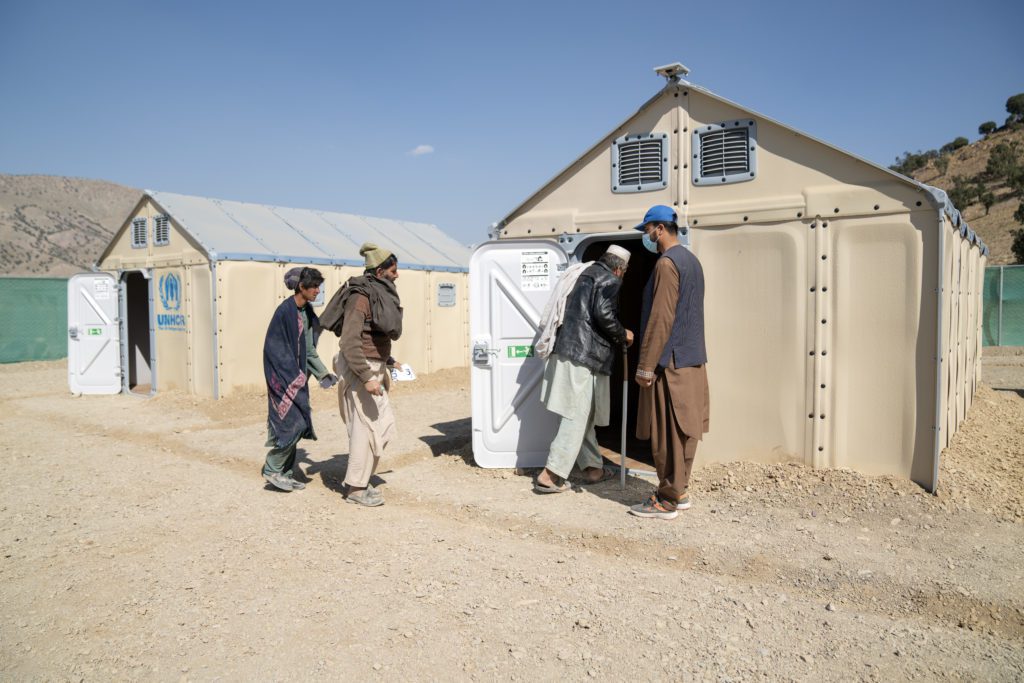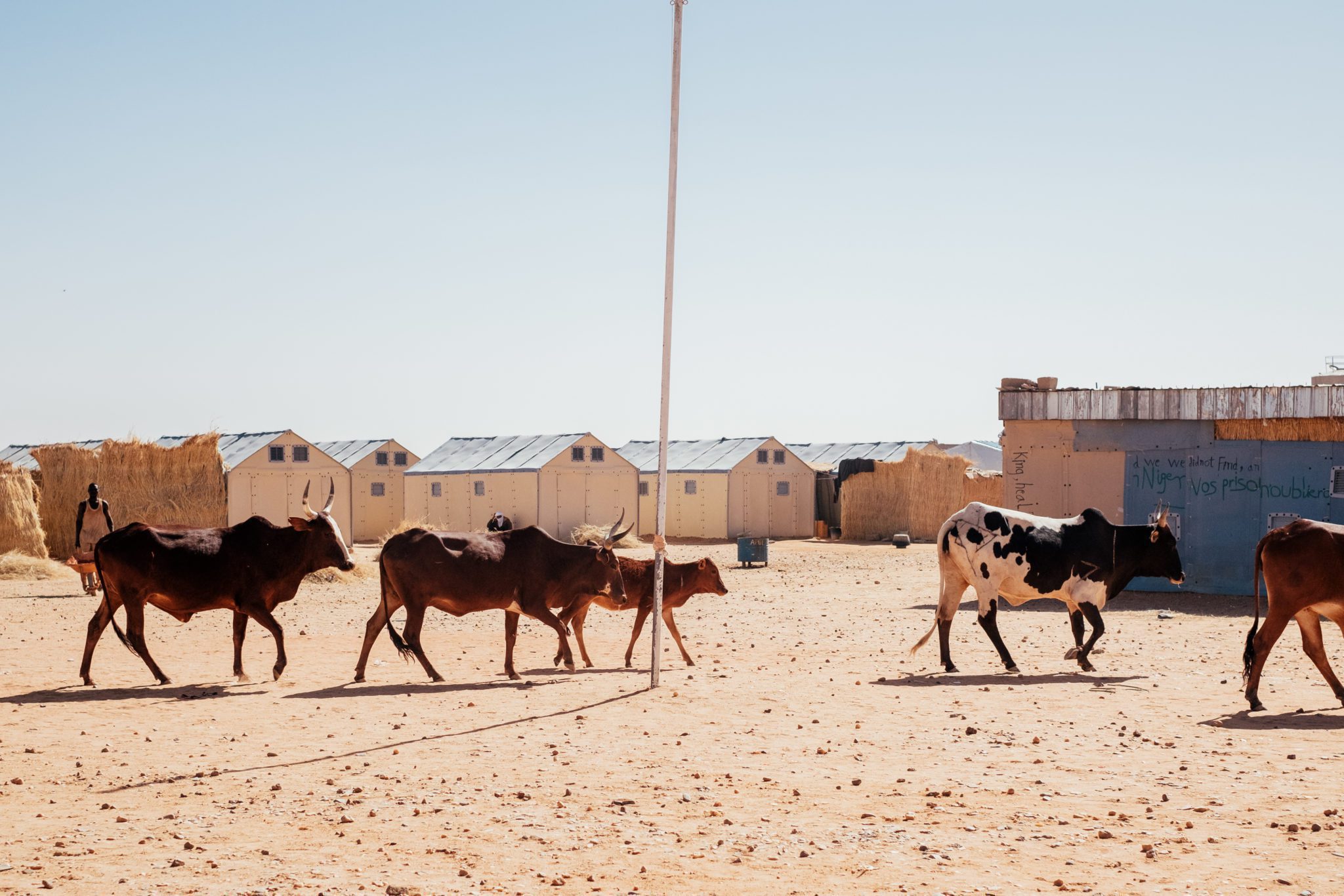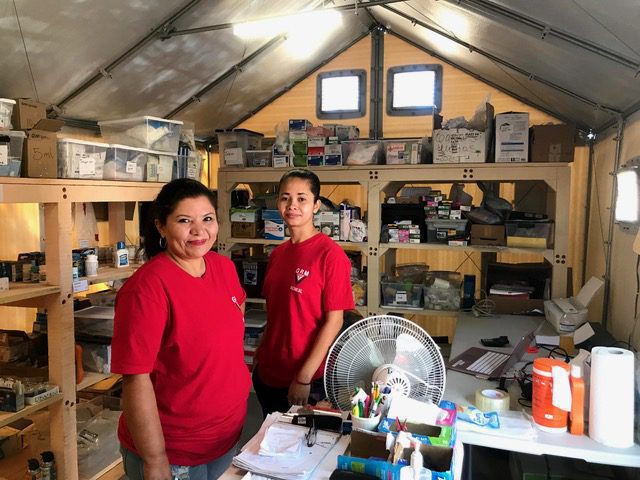Right now, millions of people are living in crises that have been out of the spotlight for years. When people are out of the view of international media, donors, and other pivotal aid stakeholders, they suffer in the shadows and their needs mount.
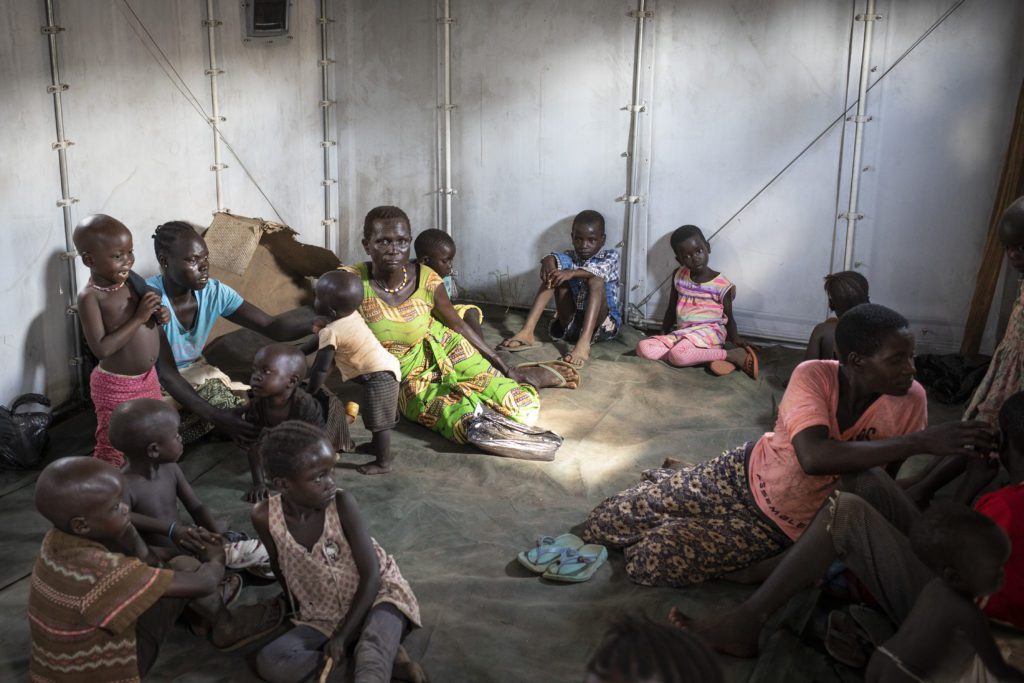
While there has yet to be a universally accepted definition of a protracted crisis, the humanitarian community and scholars alike generally agree that a protracted crisis is a complex humanitarian situation in which a significant portion of a country’s population is affected by recurrent and persistent conflict or disaster, leading to the breakdown of the institutional capacity to meet the affected population’s growing needs.
UNHCR adds that protracted refugee crises have left the affected refugees in a state of limbo for at least five consecutive years – with no movement on their nationality status when the host country refuses to grant permanent protection and without the possibility of repatriation because of ongoing conflict.

Protracted crises, however, are not a new phenomenon. The world has experienced lengthy armed conflict throughout history which caused mass displacement and exodus, with detailed records dating to classical antiquity. Warfare between the Romans and Germanic tribes lasted over 700 years, and before that, the ancient Chinese states were at war with each other for over 200 years.
Protracted crises of modernity share the same characteristics as those of history, but the advancement of modern technology has made tactical weapons more destructive, resulting in the most devastating – and lengthiest – form of human suffering.
Take a look at five of the world’s protracted crises, each an emergency in their own right, even if they are out of the spotlight.
Yemen
UNHCR calls the situation in Yemen the “world’s worst humanitarian crisis”. One of the most tragic superlatives, but not any less true. The civilian population in Yemen has suffered from eight years of war, following the outbreak of armed conflict in 2014. Already one of the most impoverished countries in the Middle East, the war not only accelerated deteriorating conditions, but also forced over 4 million people from their homes since 2015.
In 2022, a staggering 23 million Yemenis are in need of humanitarian assistance, with a large portion being women and children. The most visible concern in Yemen are the growing food shortages that put over 4 million in the threat of hunger and malnutrition. With so many who are dependent and in acute need of humanitarian assistance, aid providers continue to encounter difficulties reaching the most vulnerable. Militant strongholds threatening humanitarian routes, along with challenging bureaucracy and logistics have stalled convoys led by aid providers to deliver critical goods and services.
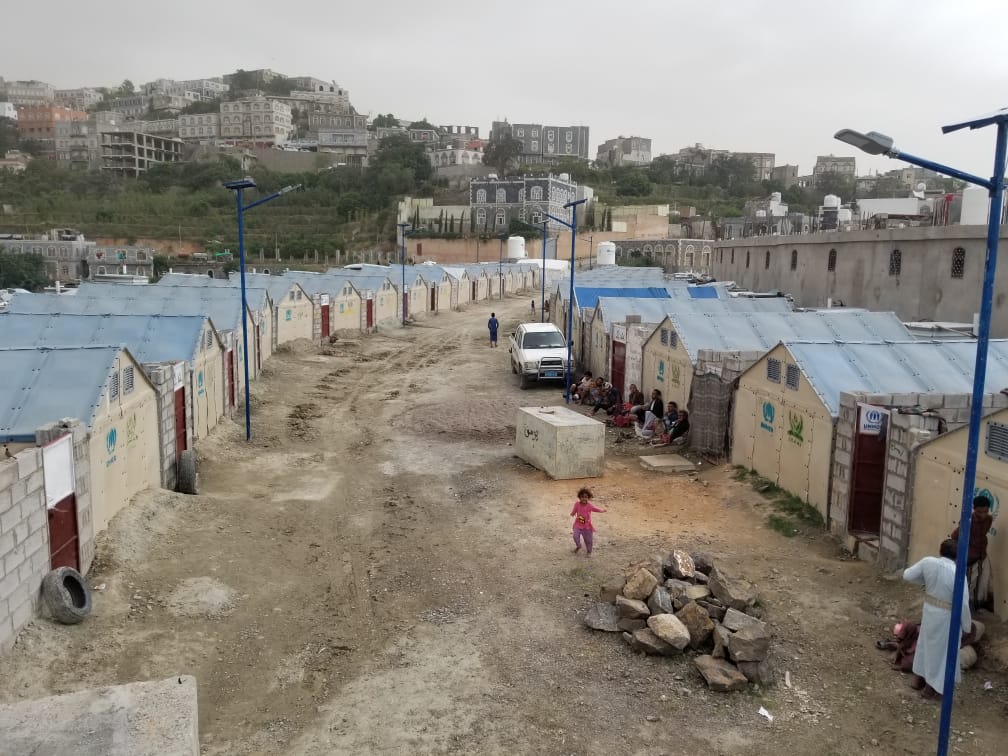
Democratic Republic of the Congo
When NRC published their annual review of the world’s most neglected crises in early 2022, all nine countries represented on the list were in Africa. At the top of the list, for the second year in a row, was the Democratic Republic of the Congo. Since 1994, the DR Congo has been affected by insecurity caused by intercommunal conflict and ethnic-based violence, making it one of the most enduring complex humanitarian situations in the world.
Over 6 million Congolese are living in exodus, with just over 1 million who have sought asylum in neighbouring countries, and the majority 5 million being internally displaced. DR Congo is rich in natural resources, including several precious minerals, lumber, coffee and oil. However, exploitation has prevented the civilian population from benefitting, and instead have been subjected to surging human rights violations. Some 27 million Congolese are in need of humanitarian assistance, with most of this figure representing the populations in direct threat of going hungry.
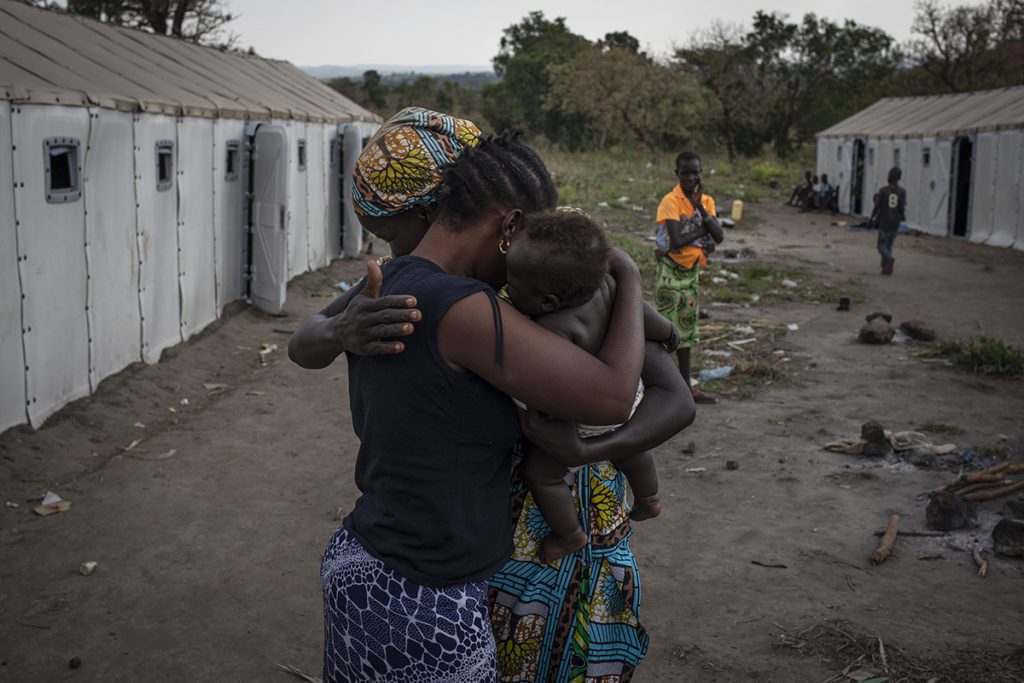
Venezuela
Following the shocking scale of economic collapse in 2014, persistent political instability in Venezuela forced over 6 million from their homes, affecting nearly every country in Latin America. Seventeen countries in Latin America and the Caribbean are currently hosting a population of Venezuelans in exile, with bordering Colombia receiving the lion’s share – nearly 2 million. About 4 million Venezuelans across the region face hunger, homelessness and extreme poverty from limited livelihood opportunities in either host country or Venezuela.
Most Venezuelan refugees make the journey towards their second country entirely on foot, taking days and weeks to reach their destination. Often arriving without necessary documentation, recent efforts have been enacted by host countries to improve on reception. However, the threat of poverty continues to spiral for Venezuelan refugees, as many have resorted to survival sex and begging to keep their families off the street, and to afford basic necessities. The effect is disproportionate towards women and children, seen in the 30% of Venezuelans living in Colombia under the age of thirty that are out of school.
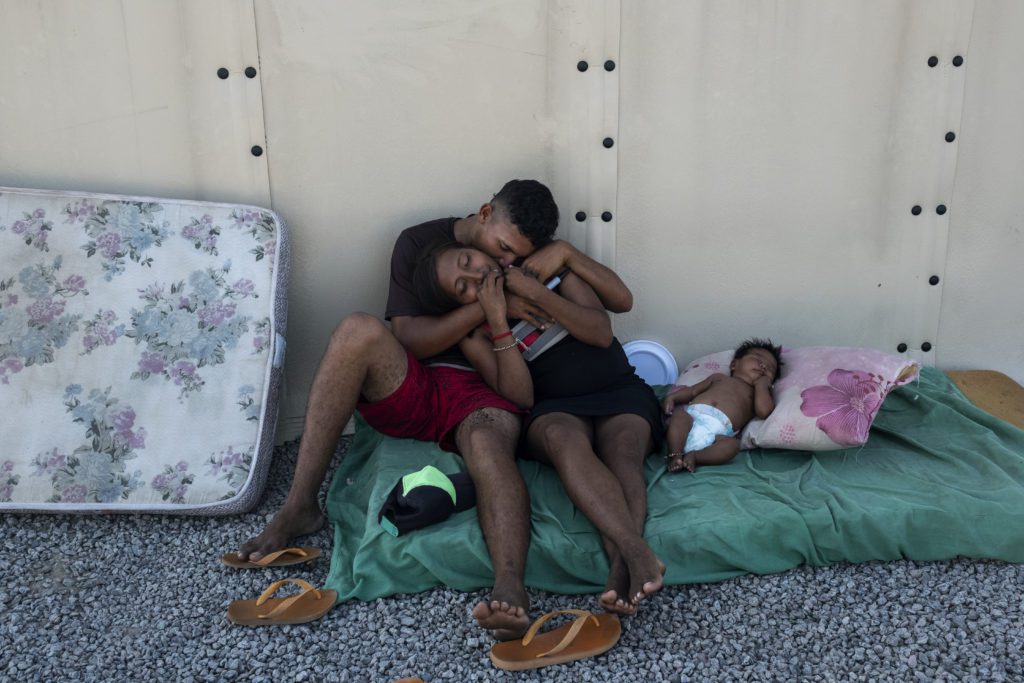
Syria
In 2022, the civil war in Syria entered its second decade, with no improvement on the humanitarian situation since. Over 14 million Syrians are living in displacement, and over 13 million are in critical need of humanitarian assistance. 5.6 million Syrians are living as refugees in neighbouring countries, where social, political and economic challenges continue to be dire for both host and refugee communities.
Türkiye, Jordan and Lebanon are currently host to the largest Syrian populations outside of Syria. But in 2015, when an increase of refugees made their journey across the Mediterranean, the situation in the Middle East became an intercontinental crisis. No matter their destination, the arriving Syrians are often without basic needs for survival, and are entirely dependent on aid provided by international humanitarian stakeholders. The breakdown of livelihoods was compounded by the COVID-19 pandemic, for Syrians across borders or at home, as extreme poverty and development challenges persist.
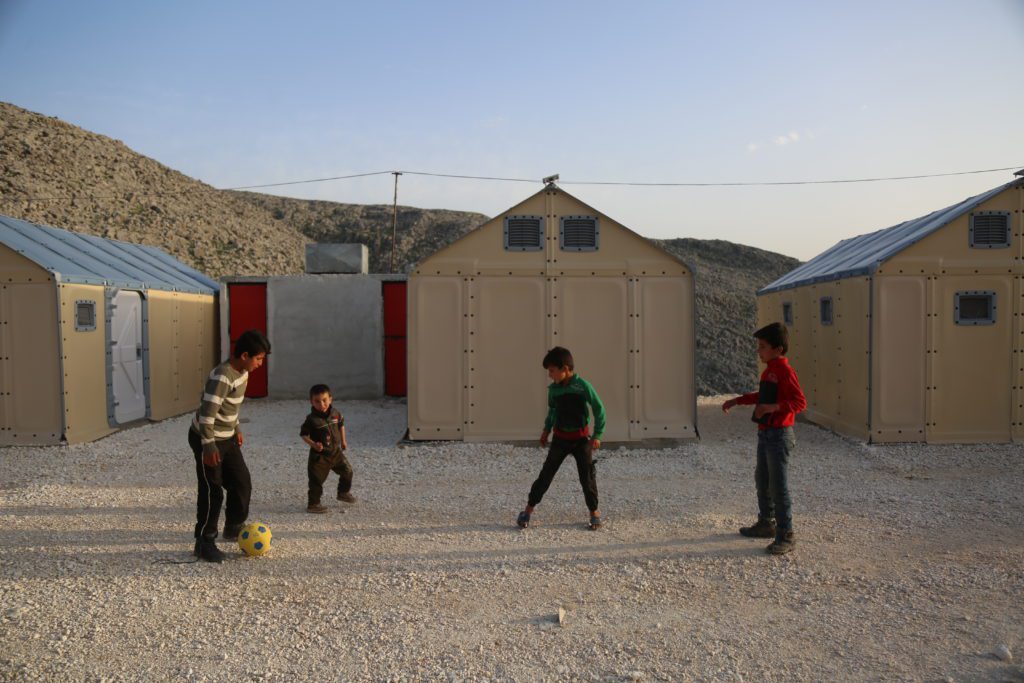
Afghanistan
Afghanistan has been affected by both conflict and disaster for decades, but the security situation rapidly escalated in 2021, leading to over 5 million people being forcibly displaced. More than half of the country’s population, over 24 million Afghans are in need of humanitarian assistance, with rural populations and female-led households at heightened risk.
Most of the country is dependent on humanitarian aid, as drought and economic downturn continues to drive the deteriorating situation. Food shortages have led over 87% of the population at acute risk of malnutrition. Natural hazards become more intensified each year, and recovery becomes more challenging.
